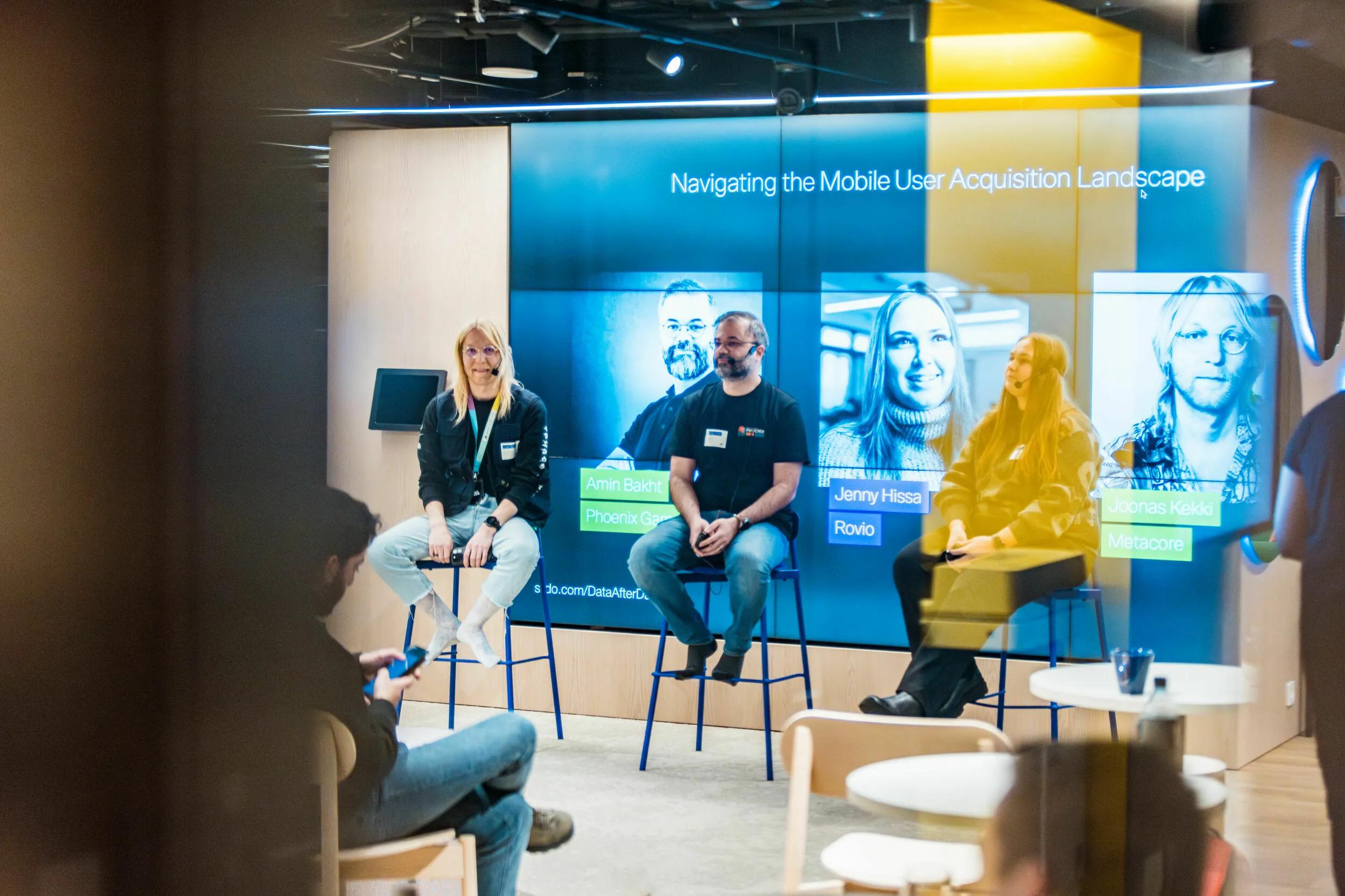
Introducing ad monetisation without compromising player experience


Merge Mansion will soon celebrate its 5th birthday, which is a major milestone for any live game. Until the spring of 2024, the game relied solely on in-app purchases (IAPs) for monetization. Like many other games in our puzzle genre, we also have a big group of players who haven’t spent money in the game and likely never will. These players may feel stuck and experience slower progression compared to those who purchase boosters and other perks.
We began to wonder how we could offer these players a taste of the premium experience of Merge Mansion. Ad monetization as a solution felt like a natural choice; by introducing ads to the game, we were able to engage and, of course, monetize a completely new player audience. All they have to do is exchange a bit of their time for cool in-game rewards. It felt like a win-win situation for everyone involved.
Of course, launching ads in a live game involves many steps and considerations. While we are still in the early stages of finding our optimal setup, here’s how we approached the challenge and successfully launched ads in Merge Mansion.
Choose your strategy with ad types and rewards
The first step in designing ad monetization is to define a clear strategy and approach. What kind of ad experience do we want players to have? Where do we want them to engage with ads? Should we use banners, interstitials between tasks, or have players receive a reward after watching an ad?
For us, the answer was clear: we wanted players to have full control over when they engage with ads. With that in mind, we decided to move forward with rewarded videos only.
We then started planning where to show the ads and what kinds of ad placements to include. With rewarded videos, it’s important that the players clearly understand what the value proposition or trade-off is for watching an ad. Using our existing knowledge and data on player behaviour, we were able to pinpoint moments of friction, where we knew that players could use a helping hand.
For example, when Merge Mansion players complete tasks by merging items, they need energy to keep merging. When running out of energy, the player is given two options: either spend diamonds or watch an ad. This ad placement proved to be one of our top performers.
Who’s seeing your ads?
When designing an ad strategy for your game, a big factor to consider will be the audience that sees the ads.
In mobile games, we often have this preconception that if we show ads to the highest spenders, they will stop spending money and only watch ads. While this isn’t necessarily true, since they often value time and convenience the most, it is very important to test which groups respond best to ads, and at what point in the game we should start showing them.Depending on the genre and audience, some games start showing ads immediately in the first session and minute of gameplay, while others wait weeks and show ads to non-spenders only.Finding this balance can be difficult, but it all comes down to testing what works best with your game and for your audience. With ads, you can tailor the experience to different player segments. For example, non-spenders might see all ad placements and can watch up to 15 ads per day, while spenders see fewer ad placements and are limited to 5 ad views per day.
At Metacore, we are currently trying to identify where in the player journey we should introduce ads and to which player group. Identifying different placements that are valuable to different groups is important, as it helps us plan new placements for those groups.
Finding the right balance between economy and monetization
Most of the mobile games use hybrid monetization, where both IAP and ads are used. At times, it can be a struggle to find balance between these two. All games aim to find the optimal setup, be it 30% ads monetisation and 70% IAP, or the other way around. Some games rely solely on ad monetisation, while others focus heavily on in-app purchases.Our challenge was to introduce ads to an already live game, which had been operating solely on IAP’s for years. How do we make sure we are not hurting our IAP revenue when introducing ads to the game? How can we be sure that players who see ads will still continue to spend money? Are the rewards valuable enough for players to spend time watching an ad?
As a data-driven company, we’ve tried to tackle these questions through A/B testing. We first ran a short technical launch in a few selected countries to sanity check that our technical implementation and data flow are working fine.
Then we opened up to our main markets and ran an AB test. Our initial results with ads seemed promising, and we went live globally last July. Our first goal was to show ads to non-spenders, and then move our way up to find an optimal solution that includes spenders as well.

Ad content and enjoyable user experience
One crucial part of ads monetization is naturally the user experience, and not only in where in the game players see ads, but also what kind of content we allow to be shown in our game. Merge Mansion is meant to feel relaxing. It offers our players a moment of escapism in their daily lives, and the ad content needs to support that. Luckily, with all the ad networks, we can limit and choose which categories, age-appropriate content, and user flow are allowed in our game. We're on the stricter side of what we allow, but firmly believe this is a better choice for our players.
We try to make the ad placements feel native and part of the core game. We recently introduced a new ad placement called Daily Gift, showing Grandma Ursula taking a small break between chores and watching a bit of TV.
We have gotten good feedback on ads from our players, they appreciate the opt-in design and freedom to choose when to engage with ads. There have also been questions from players, who are currently not seeing ads, about when they can see ads too! Positive dilemma that we hope to solve soon.
Ad monetization always needs to strike a fine balance between overall game monetization and the player experience. If done well, with players in mind, it can greatly support the game’s performance and bring additional value to the players.
Veera Ranta is Ad Monetisation Manager at Metacore. She began working in ad monetisation eight years ago as a summer trainee at Rovio. In addition to her product-focused roles, she has also worked in marketing, specifically in user acquisition.
Related content

